solar energy
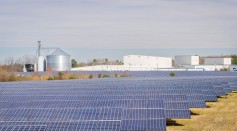
Solar Panel Recycling Challenges: Are We Ready for Huge Volumes of Photovoltaic Toxic Trash?
![Nanowires Inside Carbon Nanotubes Can Improve Solar Cell Technology [Study]](https://1721181113.rsc.cdn77.org/data/images/full/45636/nanowires-inside-carbon-nanotubes-can-improve-solar-cell-technology-study.jpeg?w=237&h=131)
Nanowires Inside Carbon Nanotubes Can Improve Solar Cell Technology [Study]
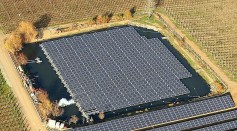
Solar Panels on Reservoirs Complement Hydroelectric Power; Floatovoltaics Increase Energy Generated From the Sun by 10 Times

Solar Panel Breakthrough: Stanford University Creates Panels That Generate Electricity 24/7 Revolutionizing Power Generation

Sand Batteries Heat Up Buildings in Finland Using Solar Energy
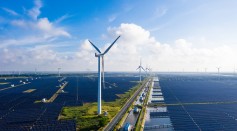
Self-Healing Renewable Energy: Novel Research Found Perovskite Solar Cell Repairs During Nighttime
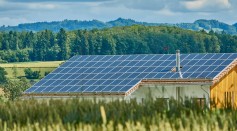
Moving Solar Panel Rows Apart Improve Efficiency
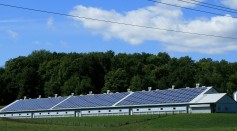
Solar Harvesting System With Improved Thermodynamic Limit Can Outperform Other Technologies
Organic Solar Cells Treated with Water to Fine-Tune Efficiency of Devices
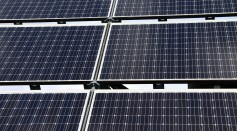
First Perovskite Solar Cell That Could Last 30 Years Marks Major Milestone for Emerging Class of Renewable Energy Technology

Space-Based Solar Power Plant: UK Plans to Beam Energy From Space to Reach Goal of Zero Greenhouse Gas Emissions by 2035
Mystery on Perovskite Solar Cell's Tolerance to Defects Uncovered For the First Time
Solar Cell Enhancement: New Research Reveals Perovskites with High Photovoltaic Efficiency
Engineers Made Microscopic Seeds to Grow 2D Perovskite Crystals Used in Solar Panels
Most Popular

How Technology Is Changing the Real Estate Industry?

How a Plant-Based Diet Can Protect Against Breast Cancer: Insights from Nutrition Research

Study Reveals High Turnover in Scientific Research Careers: What This Means for Future Scientists

Why It's So Difficult to Lose Weight: The Biological Explanation Behind Obesity






